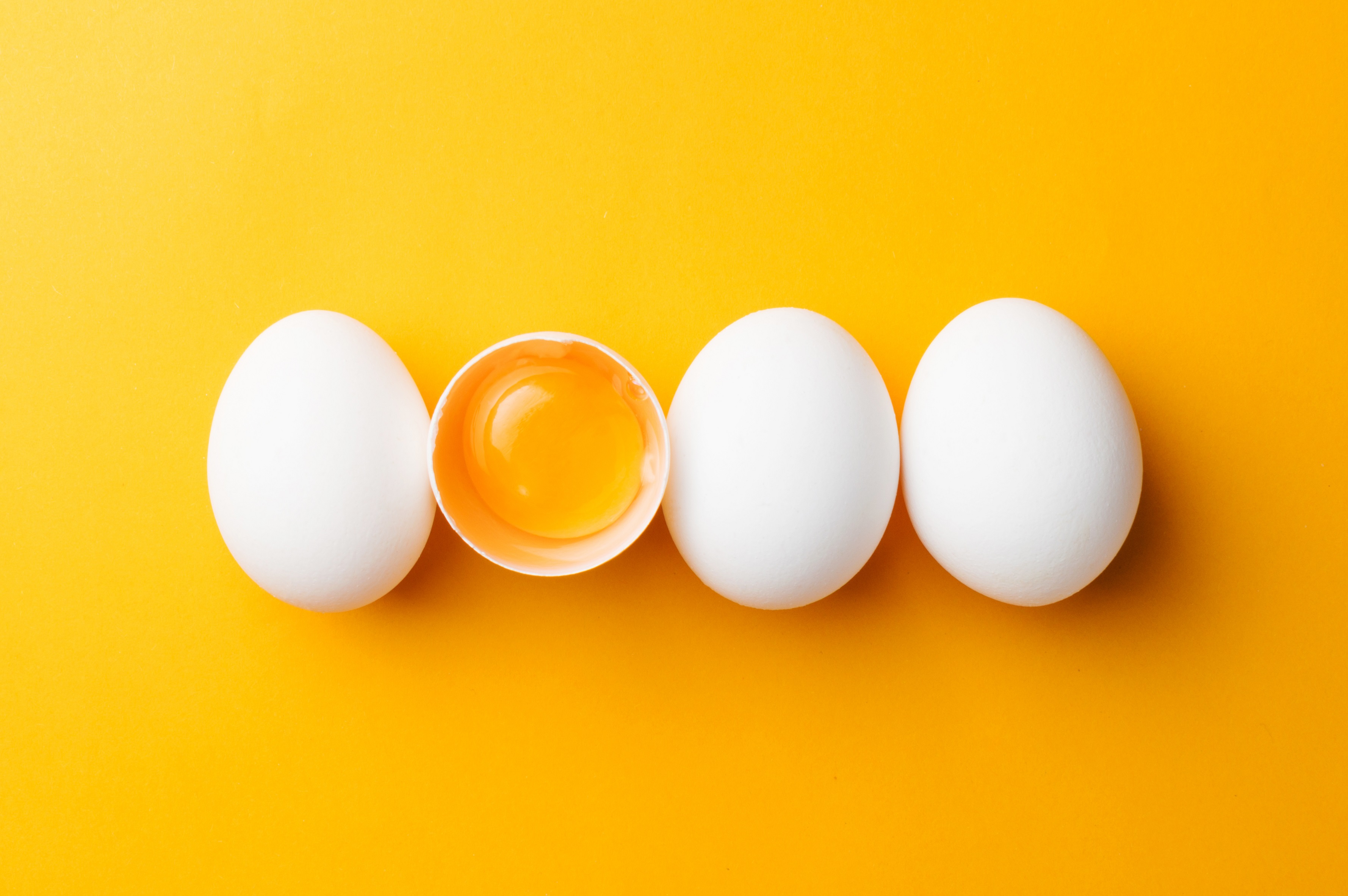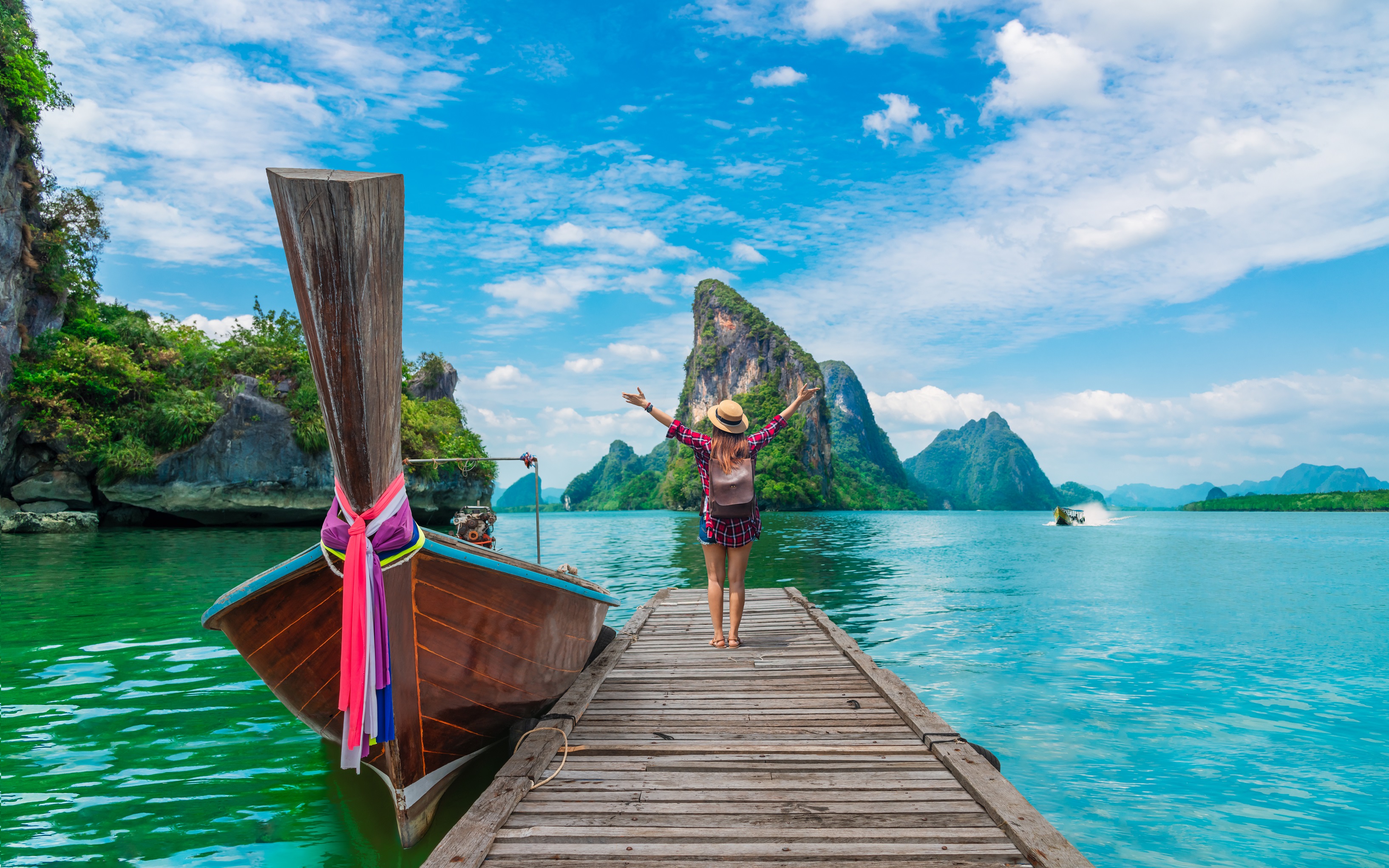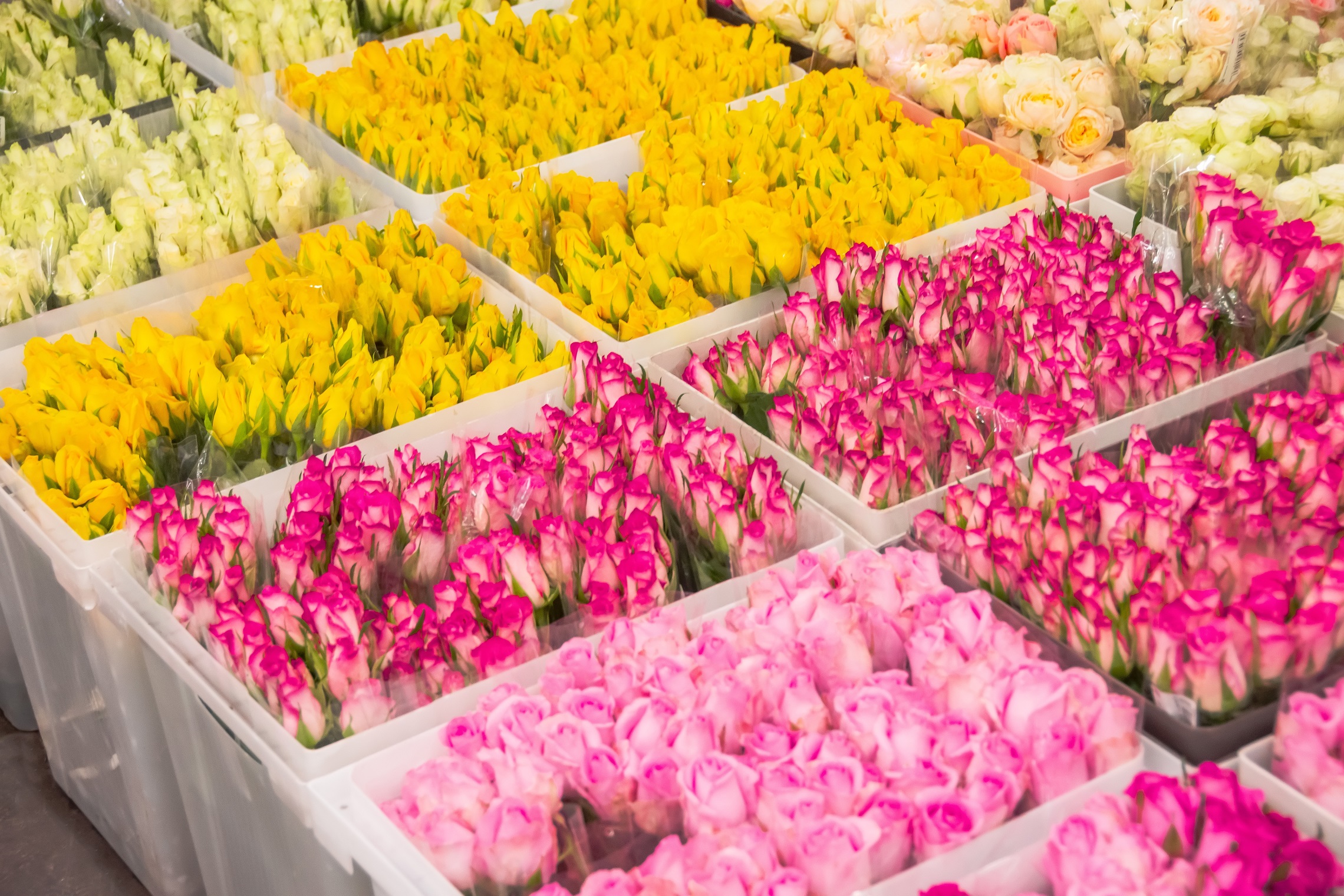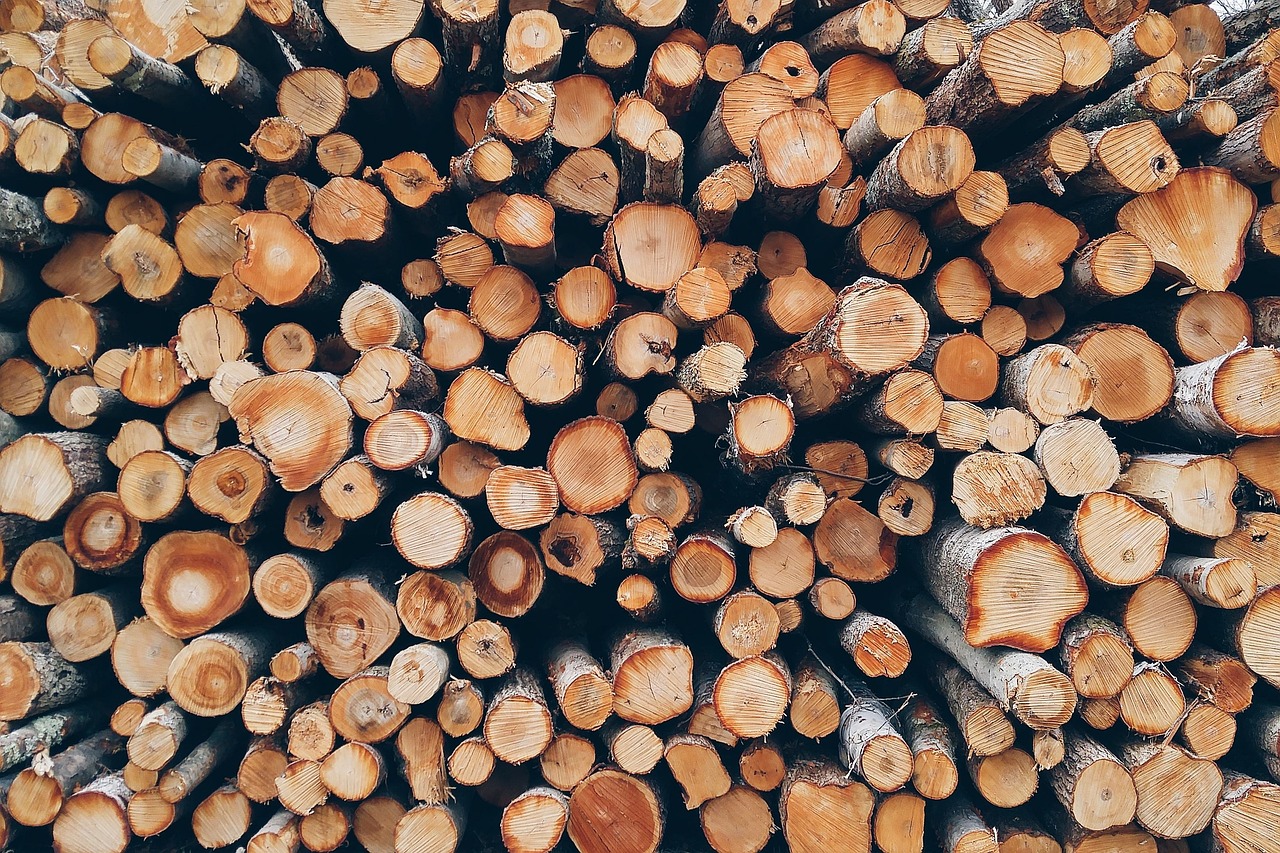About water without waffling. Because it can run out.
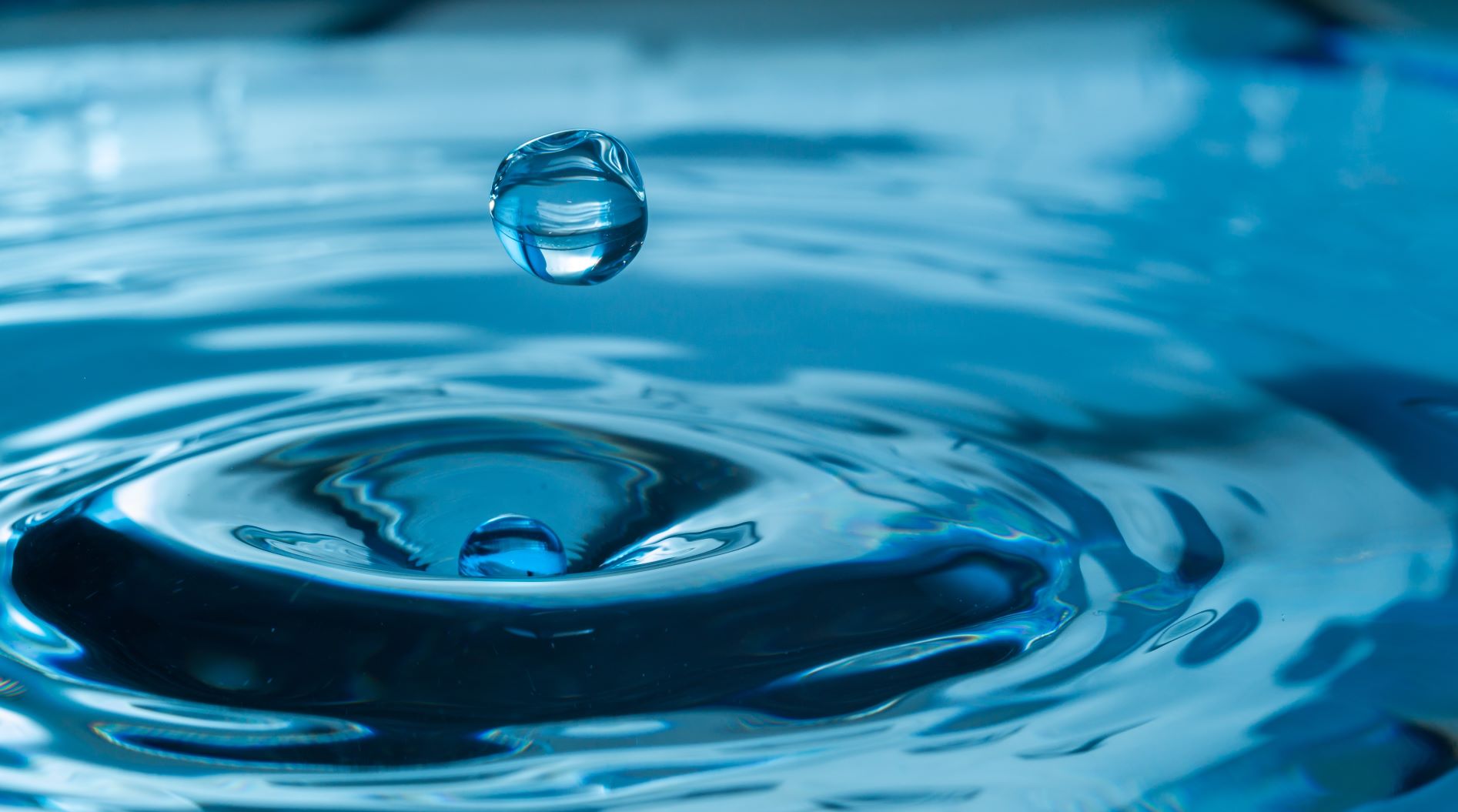
Flash floods and severe droughts will become the new normal, scientists warn. How is climate change affecting water? What implications does it have for us? On World Water Day, we look through it like in a mirror.
Let’s start with a repeat of the geography: water makes up 71 per cent of the Earth’s surface. The vast majority of it is salt water, seas and oceans. The fresh ones are only 2.5 per cent of the hydrosphere, 35 million m³. This includes rivers and lakes, groundwater, glaciers, permafrost and snow cover. More than 60 per cent of freshwater is in snow and glaciers, about 30 per cent is underground. As one can easily count, the one available to humans, animals and plants remains a small amount – about 1 per cent.
And now the facts that weren’t taught in class: more than 2.2 billion people, or a quarter of the world’s population, do not have access to safe drinking water (according to the WHO). 44 per cent of the world’s household water is returned to the environment without any treatment. At the same time, larger and larger areas of the world are becoming desertified.
Over the last century, global water consumption has increased sixfold. Industrial development, changes in the way food is produced or the growth of the world’s population all play their part. At the same time, a warming climate is making access to fresh water increasingly difficult.
Like a fish in (warm) water
This time a repeat of physics: water can exist in three states of matter – liquid, solid and gas. In the case of our planet, its liquid state, i.e. mainly the oceans, is a huge store of energy that is distributed around the earth. The solid state – ice and snow – on the other hand, affects the amount of absorbed and reflected radiation from the sun on a global scale. Water vapour is responsible for the so-called natural greenhouse effect, without which there would be no life, because our planet would then have a temperature about 30 degrees lower.
However, climate warming has disrupted the transition of water from one state of matter to another, with enormous consequences for it and for us.
The temperature of the seas and oceans is rising, which means more evaporation, the migration or extinction of certain animal species and rising sea and ocean levels.
Increased evaporation translates into violent weather events, such as cyclones, storms and flash floods. As many as 90 per cent of all natural disasters worldwide are water-related (PAH data).
Water warming and the associated decrease in oxygen content, change in salinity and acidification are contributing to the extinction of many ecosystems. Examples include corals and Arctic cod. The krill population, which is a major food source for whales, seals or penguins, has declined significantly. Some species are migrating – and others are following them, because everyone is part of some food chain. This was the case for copepods – plankton that live in the north-east Atlantic and are the food of many fish species. The copepods moved north, and with them migrated cod, mackerel or herring.
In addition, water with less oxygen is less self-cleaning.
Rising sea and ocean levels translate into salinisation of estuaries on the one hand, and submerging low-lying land on the other. Scientists estimate that by 2100, these water levels could rise by 1.1m. For Pacific island countries, this is often to be or not to be. The Maldives or Tuvalu, for example, could be under water. Also at risk are Miami, New York or the historic centre of Gdańsk, which, according to forecasts by scientists from the Polish Academy of Sciences, could be submerged in a hundred years.
After the rain, the ground is dry
The summer of 2022 was marked by heat and drought in Europe. Rivers dried up (e.g. the Po, the longest river on the Apennine Peninsula), crops in the fields withered, and in many places drinking water was rationed, not to mention bans on watering gardens or filling household swimming pools.
Climate warming has brought numerous weather anomalies. There will be even less rainfall in regions that were already suffering from a precipitation deficit – such as the Mediterranean countries. Rain and snow also occur less regularly, so periods without precipitation are lengthening and the risk of agricultural drought and water shortages is increasing. During such periods, water resources are used up, which are then hard to renew, because when rain – usually heavy rain – falls after a drought, the dried-up soil is unable to absorb it. The water runs off it into drains or rivers or streams and does not have time to soak in. If it ends up in the sea, it is no longer usable on land.
The drought will be aggravated by shrinking glaciers. Coming up in winter and melting in spring is their natural rhythm, thus feeding the waters of many mountain rivers. If the glaciers disappear, these rivers will only be able to rely on rainwater. Scientists estimate that 80 per cent of the glaciers in the Alps could disappear by the end of our century.
The Alps are far away, so they don’t affect us? It is the same climate warming that is making it rain more and more in Poland in winter instead of snow, which stores water and slowly releases it in spring. Anyway – where are those winters with months of persistent snow?
As long as the jug carries water
Humans are made up of 60-70 per cent water. Without water, he or she can survive for a maximum of four to seven days. It would seem that access to it should be taken for granted, a human right – but this is not the case.
One in four people in the world has no access to safe drinking water, so they draw it from rivers, ponds, wells far from home or have to buy it in cans. This entails a high risk of disease (e.g. cholera), time spent obtaining and transporting water, or considerable expense.
Almost one in five people in the world does not have a toilet at home, so they have to deal with their physiological needs outside or in unhygienic and non-functional latrines. Women in particular are affected by this problem, as they are more likely to be subjected to violence and also unable to take proper care of their hygiene during menstruation.
Every year, 1.4 million people die due to lack of clean drinking water and inadequate sanitation, according to the UN.
Global demand for water is expected to increase by 55 per cent by 2050, are OECD figures. Agriculture consumes the most water with 72 per cent, compared to 16 per cent used in homes and services and industry consumes 12 per cent of water.
It takes between 3,000 and 5,000 litres of water to produce 1 kg of rice. Producing 1 kg of soya consumes 2 000 litres, potatoes 500 litres and beef as much as 15 000 litres of water.
Every product, not just food, was created using water – used, for example, to cool equipment. The amount of water used to produce a given item is called the water footprint. A sheet of paper has a water footprint of 10 litres, but a bar of chocolate has a water footprint of more than 1,700 litres, a beef burger (with a 150-gram cutlet) has a water footprint of 2,500 litres, a glass (250 ml) of milk has a water footprint of 255 litres, a glass of barley beer has a water footprint of 74 litres, a cup (125 ml) of coffee has a water footprint of 132 litres and a Margherita pizza has a water footprint of 1,259 litres. Anyone can calculate their water footprint – just use the calculator on this page.
You can’t draw water from a dry well
What should be done when water becomes scarce? This is the question facing many city and regional authorities in times of prolonged heatwaves and periods of drought. In New York, it has been calculated that if the air temperature rises one degree above 25 degrees Celsius, each resident uses an average of 11 litres more water. In early 2018, the authorities in Cape Town, South Africa, announced that 12 April 2018 would be Day Zero. On that day, the city’s water supply was set to run dry, as water had become drastically scarce due to a three-year-long drought and poor water management. Cape Town authorities banned, for example, watering lawns, washing cars or filling swimming pools. Shorter showers of up to two minutes were also recommended. They succeeded in reducing daily water consumption from 87 to 50 litres per person. Day Zero did not come, not least because Cape Town was finally hit by the rains.
This is not an isolated case, there was a similar situation for example in 2019 in the Polish Skierniewice and it is safe to assume that there will be more.
In 2020, the Advisory Panel on Climate Crisis to the President of the Polish Academy of Sciences issued a communication on climate change and water management in Poland. It reads: ‘We have to reckon with more frequent occurrence of both drought (meteorological, agricultural and hydrological) and destructive excess water. Even in a single year, both drought and flooding can occur. The former ‘abnormality’ is becoming the new normal, and future extremes will be even more extreme than in the past, negatively affecting the people and economy of Poland.’
Scientists point to three problems – water scarcity, destructive excess and pollution – that could get worse. We need to start thinking differently about water and retaining it – that is, capturing it when there is an excess and giving it back when it starts to run short. We need to take care of natural retention – wetlands, wet meadows, forests, floodplains, naturally running rivers and river valleys – as well as retention in cities: permeable substrates instead of concrete, green roofs, for blue-green infrastructure (areas and facilities combining greenery and water). In recent years, many Polish cities have been hit by flash floods. Because there is nothing for the water to soak into, as cities are largely concreted over, it flows into the sewerage system, overloading it (‘from cloud to pipe’). The more places that absorb water like sponges, the better for cities.
Drop to drop
Poland has some of the lowest water resources in Europe, so we need to manage them wisely. And save water – everywhere.
What can we do?
- Take short showers instead of baths, remembering to close the tap when soaping up.
- Also close the tap when brushing your teeth, soaping your hands and shaving.
- Repair a leaky tap; buy an aerator, which aerates the water and reduces its consumption.
- Install a dual flush toilet cistern.
- Buy a dishwasher – it saves up to 30% of water. When washing by hand – turn off the tap when washing dishes or using a bowl.
- Select an ECO programme on the washing machine and dishwasher and only run them when they are full.
- Collect rainwater to water the garden.
- Buy items with the smallest possible water footprint.
- Buy only the items you need and do not waste food.
22 March marks World Water Day. It was established by the UN General Assembly to inspire governments, organisations, communities and all people to take action towards sustainable water management.
